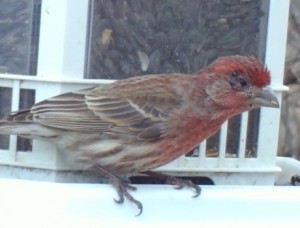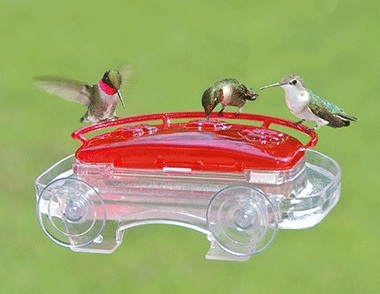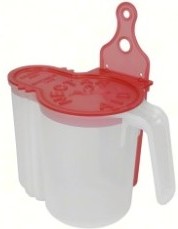-
To the Sad Little Friend on the Bird Feeder Bracket
You don’t look well little finch, so sorry but I can’t feed you anymore 🙁
Every garden pole and bird feeder bracket now sit empty, except for the single bird perched there wondering “what’s happened to my food?”
The best intentions: Down, all of the feeders have been removed in hopes of population disbursement, encouraging the birds to move on. To an avid backyard birder this is heart-wrenching, especially during nesting season and migration. Disease has been confirmed and is being spread through feeders. Even the cleanest set-up won’t stop the spread of salmonella, respiratory, or air-born diseases in birds once its taken hold. Bleached and sparkly clean feeders mean nothing since it takes only one infected bird to start the cycle again.
Safety’s not always in numbers: Finches and pine siskins tend to travel and congregate in large groups. Even though there’s ample feeding stations to accommodate them, they’re more susceptible to the spread of respiratory disease or bacterial infection when large groups feed together.
Course of action: Obligated to do the right thing because attracting birds with feeders brings with it a responsibility to those birds. First and foremost is to remove all feeders. The USGS National Wildlife Health Center lists 4 diseases and 8 precautionary steps to keep disease at bay. It will be about two weeks before the feeders are placed for use again. The ground’s been raked clean, and feeders will be sanitized with 10% bleach solution.
The sight of a sickly bird is fairly obvious if you notice the signs. Lethargic and almost easy to catch, ruffled, unkept feathers, puffed out and sometimes shaking (even though it’s not cold), and swollen eyes or eyelids. They have trouble eating and fly slowly. Upon seeing a dead pine siskin with no signs of trauma last week, the thought of disease had entered my mind. Another the next day, and then a dead goldfinch in full summer breeding plumage confirmed the realization that I’m not helping the birds… but rather killing them 🙁
So now, I’m not sure who’s more upset? The frantic cardinals perching on empty poles and feeder brackets, the confused nuthatches and chickadees who are nesting and already have clutches, or myself, the one responsible for creating the mess? Woe is me, and what a rotten way to start the week 🙁
-
What’s Really in Your Window Hummingbird Feeder?
Got a new window hummingbird feeder? Please fill it with the good stuff… read on:
One of the biggest myths about feeding hummingbirds is their food needs to be red. That one, along with leaving feeders up in fall will deter the birds from migrating. Neither are true, and the former may actually be hazardous to the tiny sprite’s health. Although no formal studies have been done to prove red dye #40 is not safe for hummingbirds… none have been conducted to say that it’s safe either!
Confirmed in Julie’s Zick’s recent blog post (yeah… she’s an expert) she’s got an interesting view on the subject: http://juliezickefoose.blogspot.com/2015/04/red-alert-for-hummingbirds.html
We’ve been encouraging folks to make their own nectar for years. Not only extremely economical, we believe hummingbirds prefer the home made solution over commercial mixes. 1 cup of sugar to 4 cups of water… it couldn’t be simpler!
Should you have any doubts or fears upon taking this leap from store-bought to home made, check out the new Nectar Aid. It’s the absolute easiest (and foolproof) way to make your own hummingbird or oriole nectar. Measure, mix and store it using one container, even the stirrer’s included!
Check out the demo video below, then watch some tiny sprites in action at this fun window hummingbird feeder!



